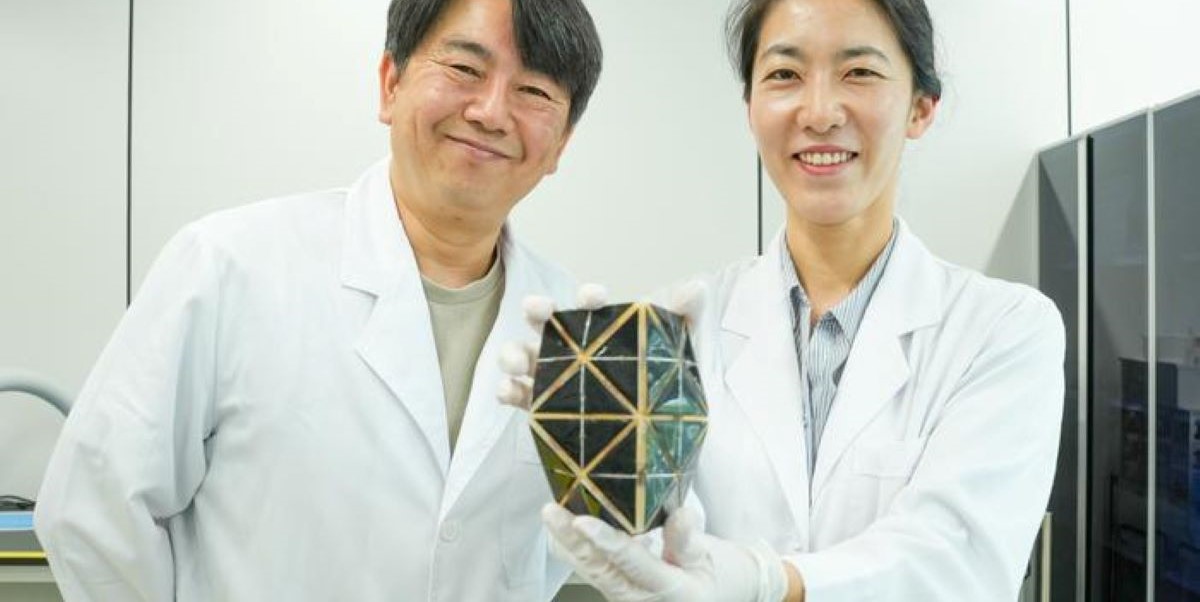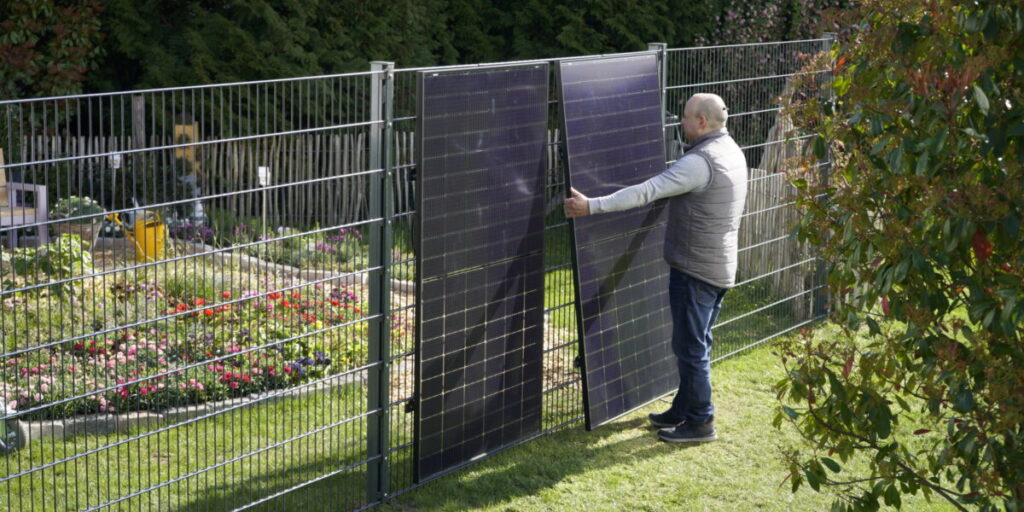https://www.pv-magazine.com/2024/08/07/three-dimensional-pv-modules-for-indoor-urban-locations/
Three-dimensional PV modules for indoor, urban locations

Image: Korea Electrotechnology Research Institute (KERI)
A research team at the Korea Electrotechnology Research Institute (KERI) is tackling the use of PV in non-ideal conditions by developing a tool to optimize for urban and indoor PV diffuse light and partial shading conditions, as an alternative to tools based on light conditions in standard testing.
Seungil Cha, a KERI research leader, told pv magazine that the team has been asking whether or not conventional PV modules optimized for utility scale conditions can address the diffuse light in typical residential and urban environments. “The attempt to answer this question is the motivation of our study,” said Cha, referring to the group's latest research which resulted in a new semi-analytical tool to optimize the design of indoor and urban outdoor PV based on diffuse light analysis and an improved understanding of angle of incidence (AOI) effects.
pv magazine
It was surprising to see how much light conditions for PV operation in urban environments differ from plants in rural conditions or so-called Standard Testing Condition (STC), according to Cha.
The next surprising aspect was “the simplicity” of the solution, which includes the development of a novel, three-dimensional PV module design that not only bonds cut solar cells to each other but also to a stretchy polymer scaffolding that has a honeycomb-like structure. It is a glass-free, lightweight design that features self-tracking that reportedly produces 60% more power compared to conventional flat modules.
The team's latest research along this line is a tool that “predicts the current density on the basis of the spectrum of incident light”, the external quantum efficiency (EQE) of a solar cell according to the AOI, and information about the surroundings.
It is detailed in, “Electric power from shadows and indoors: solar cells under diffuse light conditions,” which was published in Sustainable Energy Fuels. It was a collaboration between KERI and South Korea’s University of Science and Technology.
“Using a physical model and assuming that the diffuse light can be treated as a sum of normal distribution functions, we show that each of them represents a diffuse light source by scattering or reflection,” said the research team.
The constructed model was applied to photovoltaics deployed in urban environments and indoor applications. For urban environments, it enables calculations that consider reflections from surrounding objects and the scattering of light by dust or other large molecules in the atmosphere. It also “introduces the possibility of enhancing the energy yield through approaches ranging from cell-level control to manipulating the direction of solar modules” in the shaded areas.
For indoor applications, it enables the study of a range of lighting arrays, types of lamps, and locations to deduce the optimal conditions. “In addition, the results indicate that mismatch losses are possible in indoor modules as a result of the geometry of the solar cell module and lighting,” said the team.
Concluding that the tool could be used for optimizing the design of indoor solar cells, the researchers asserted, “Despite some limitations, which include the use of a two-dimensional model, a limited number of presented examples, and a possible oversimplification, the proposed model can provide a useful analytical protocol for designing photovoltaics suitable for use in practical locations where, unlike under the STC, diffuse light is abundant,” it said.
The group’s ongoing research into PV with high partial shading tolerance and high voltage is documented in several recent papers. For example, its paper “Small area high voltage photovoltaic module for high tolerance to partial shading,” was published in iScience and reported by pv magazine last year. Another paper, “Automated shape-transformable self-solar-tracking tessellated crystalline Si solar cells using in-situ shape-memory-alloy actuation,” was published in scientific reports, and also reported by pv magazine.
Other papers include “Origami-foldable tessellated Crystalline-Si solar cell module with metal textile-based stretchable connections,” in Solar Energy Materials and Solar Cells, and “Reliable Lego®-style assembled stretchable photovoltaic module for 3-dimensional curved surface application,” published in Applied Energy.
Cha said that the group is doing further research in three related areas. It is developing an “integrated module structure that has effective cooling.” It is developing new module structures that can be applied to vehicle-integrated PV (VIPV). And the third area is indoor PV. The team already has an operating sensor assembly, with a sensor, a Bluetooth low-power module powered by an indoor PV module, and a battery-free edge device.
Cha sees the technologies in the lab being commercialized in the coming years, stating that the lab designs are akin to a ‘concept car', which precedes commercial versions. The basic concepts and principles of the design, such as the mosaic PV tile concept or the small area high voltage concepts, may end up being included in the next generation commercialized building integrated PV or VIPV products, even if not exactly the same as the research modules.
This content is protected by copyright and may not be reused. If you want to cooperate with us and would like to reuse some of our content, please contact: editors@pv-magazine.com.


